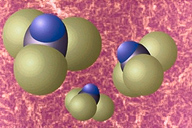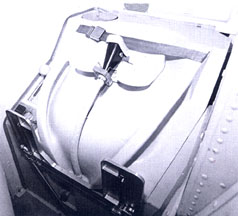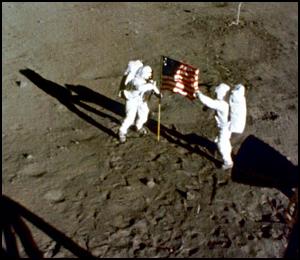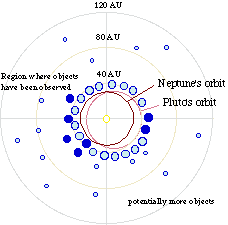Why are atoms "smashed" in an accelerator? What is learned by thatprocess? Why doesn't it set off a chain reaction like an atomic bomb?What is the difference between "smashing" and "fusion"? Since theydismantled the project here in Texas, I always wondered what was intendedto be learned by such a costly project.

Actually they don't "smash" atoms in accelerators anymore. What are "smashed" in accelerators now are parts of atoms. It's done by "crashing" these parts into each other and seeing what happens. The scientists are trying to figure out what the parts are made of. It's like taking your father's watch, smashing it with a hammer and watching the parts fly by. Then, from what you've seen, you try to figure out exactly how the watch was originally put together. (Don't try this at home!)
The reason a chain reaction doesn't occur is because the conditions aren't right in an accelerator for chain reactions to happen.
The difference between "smashing" and "fusion" is that one process (smashing) knocks things apart while the other (fusion) puts atoms together.
Scientists weren't exactly sure what they would learn from
the SSC (Superconducting Super Collider) built in Texas. That is part of the reason they wanted it built. Every time something like it has been built in the past, exciting things were discovered.
Submitted by Mike (Texas, USA)
(October 22, 1997)












